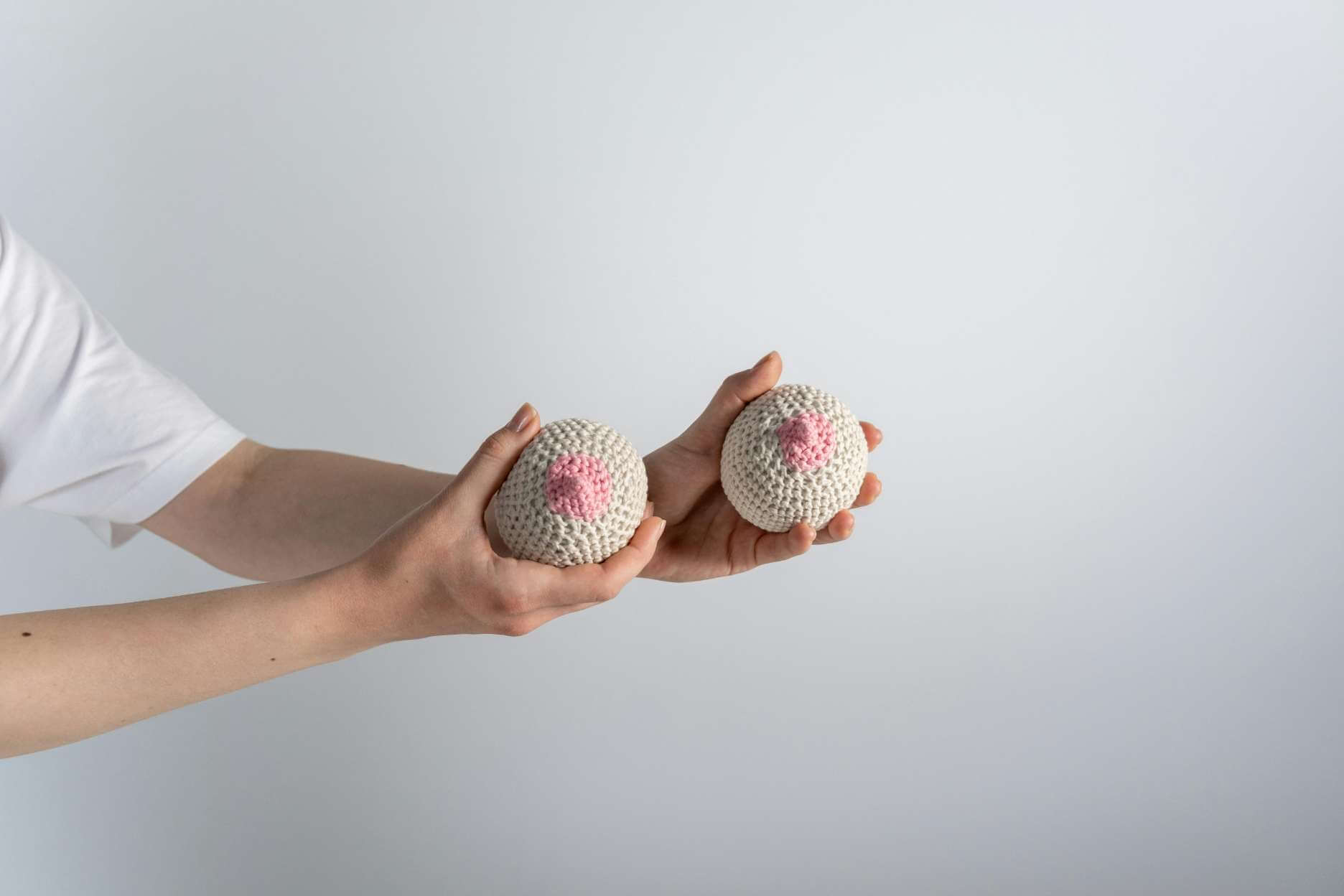Augmented Boobs: The Cultural and Media Influence
The concept of augmented boobs has been deeply intertwined with cultural and media portrayals. Across various forms of media, from glossy magazines to blockbuster movies, a certain ideal of feminine beauty, often accentuated by fuller breasts, has been perpetuated. This has led to a cultural fascination and, in turn, influenced countless individuals' perceptions of their own bodies. The media's role in shaping these ideals cannot be overstated, as it has spurred a wave of interest in breast augmentation as a means to attain that coveted look.
In the world of advertising, for instance, lingerie and swimwear campaigns frequently feature models with voluptuous figures, creating an aspirational image for consumers. This visual bombardment subconsciously implants the idea that larger breasts are not only more attractive but also a symbol of femininity. Young girls growing up exposed to such imagery may internalize these ideals, leading them to consider breast augmentation later in life as a way to fit into what they perceive as the norm. Studies have shown that exposure to these media messages at a young age correlates with higher levels of body dissatisfaction and a greater likelihood of seeking cosmetic enhancements.

Cultural norms also play a significant role. In some cultures, a curvaceous body with ample bosom is celebrated as a sign of fertility and health. This has historical roots and has been passed down through generations. For example, in certain Latin American and Mediterranean cultures, fuller breasts have long been associated with desirability. As globalization spreads cultural ideas, these traditional beauty concepts have seeped into mainstream consciousness, further fueling the demand for augmented boobs. Even in more conservative cultures, the influence of Western media is gradually eroding traditional views, with an increasing number of women exploring breast augmentation options.
The entertainment industry is another powerful influencer. Actresses who undergo breast augmentations often see a boost in their careers, landing more prominent roles or being cast in more glamorous projects. This sends a message that physical transformation can lead to professional success, prompting aspiring actors and models to follow suit. Reality TV shows that document plastic surgery journeys, including breast augmentations, have also gained popularity, normalizing the process and making it seem accessible and almost routine. However, this can sometimes oversimplify the complex physical and emotional implications of such procedures, leading some individuals to make hasty decisions without fully understanding the consequences.
On the flip side, there is a growing movement challenging these narrow beauty ideals. Body positivity advocates are speaking out against the one-size-fits-all portrayal of beauty and urging for a more inclusive definition that values all body types. They highlight the importance of self-love and acceptance, regardless of breast size. This counter-movement is slowly making an impact, with some brands and media platforms starting to feature more diverse body shapes. Nevertheless, the allure of augmented boobs remains strong in the face of deeply ingrained cultural and media messaging, and the debate around body image and cosmetic surgery continues to rage on.